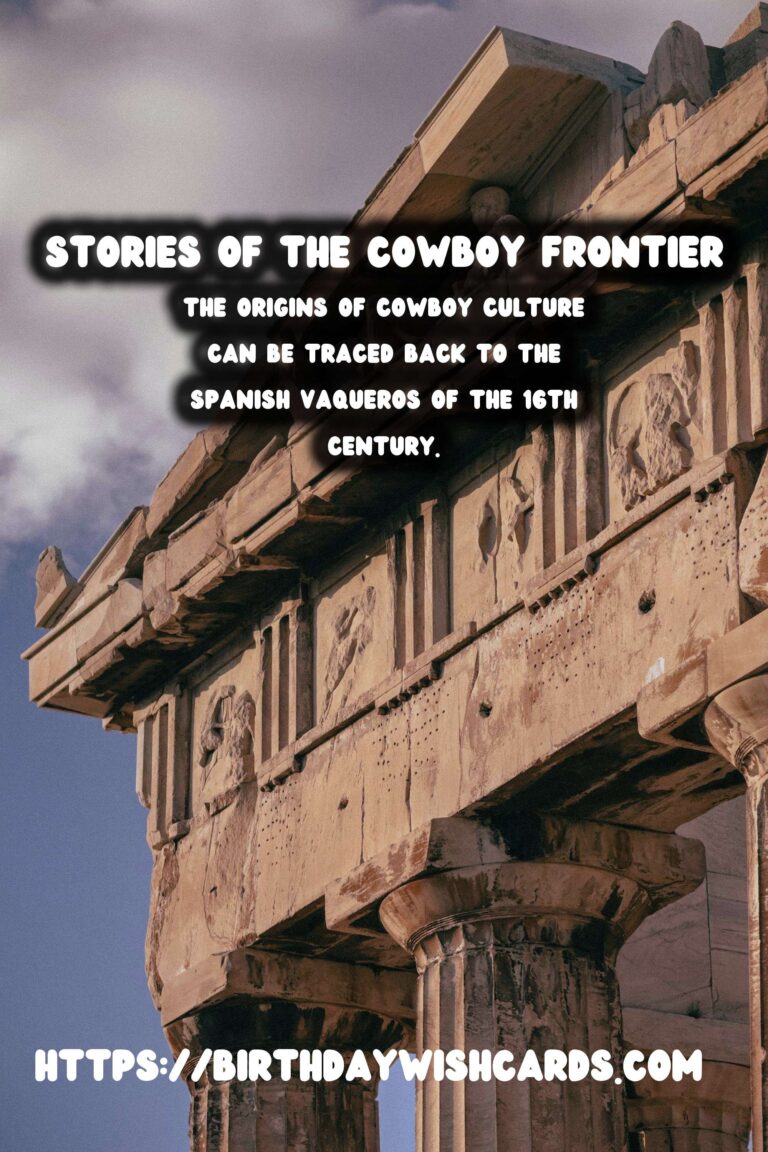
The American West conjures images of vast open spaces, rugged landscapes, and the iconic cowboy. This cultural figure, deeply rooted in the history and mythology of the United States, presents a captivating blend of tradition, adventure, and grit. The cowboy’s legacy is more than just fables of gunfights and cattle drives; it is a real narrative of survival, innovation, and the pushing of boundaries that defined an era.
The Origins of Cowboy Culture
The origins of cowboy culture can be traced back to the Spanish vaqueros of the 16th century. As Spanish colonialists moved northward, so did their ranching practices. These vaqueros brought with them a wealth of expertise in cattle management, horsemanship, and ranching equipment—skills that would become core elements of the American cowboy tradition.
These early influences melded with the local traditions and needs throughout the 18th and 19th centuries, giving rise to a uniquely American version of cattle herding. This synthesis formed the backbone of what we today recognize as cowboy culture. Their skills became indispensable as the demand for beef surged post-Civil War, driven by urbanization and the expansion of the railroads.
The Cowboy Lifestyle
Set against the backdrop of the expansive American West, the life of a cowboy was not for the faint-hearted. It was a life marked by long days, strenuous labor, and months spent away from home. While popular culture often romanticizes the cowboy lifestyle, reality was filled with harsh conditions, early mornings, and the constant challenges imposed by nature.
Cowboys played a crucial role in herding cattle across vast stretches of land, often participating in cattle drives that could cover thousands of miles. These drives were vital for transporting cattle to railheads, where they would be shipped to markets in the east.
Tools of the Trade and Cowboy Gear
Central to the cowboy’s arsenal was their gear: hats to shield from the intense sun, boots designed for riding, and spurs to guide their steeds. The cowboy’s saddle was a work of art, crafted for endurance and long days on horseback. Ropes, or lassos, were essential for rounding up cattle, while bandanas provided protection against dust storms and the biting prairie wind.
Each piece of gear was not only functional but also a statement of the cowboy’s personal style and identity. Many cowboys personalized their equipment, adding decorative elements that reflected their individualism and pride.
Cowboys in American Culture and Media
The cowboy became an enduring symbol in American culture and media, encapsulated by tales of rugged individualism, bravery, and justice. From dime novels of the late 19th century to modern Western films, cowboys have been romanticized as heroes of the frontier, battling both man and nature.
Hollywood films and television shows in the mid-20th century immortalized cowboy figures, embedding them in the consciousness of American mythology. Names like John Wayne and Clint Eastwood became synonymous with cowboy culture, playing roles that highlighted the complex morality and ethos of the frontier.
Despite the glamorization, authentic representations of cowboy life are more nuanced, echoing both the hardships and the close-knit camaraderie of those who lived it. Documentaries and historical re-enactments provide a more grounded perspective on the significant impact cowboys had on American history.
A Legacy that Endures
While the heyday of cowboys might have passed with the closing of the frontier, their legacy endures in modern ranching, rodeos, and contemporary Western fashion. Today, the spirit of the cowboy can still be felt in the American West’s culture, as icons of individualism and resilience that continue to inspire to this day.
The preservation of cowboy heritage is evident in ranching communities across the United States, where traditional techniques are passed down through generations. Rodeos celebrate this enduring culture, showcasing skills in events that have roots in the daily tasks of cattle management.
Conclusion
Fascination with the cowboys of the American West reflects a nation’s appreciation for the complex history and indomitable spirit that these figures represent. Exploring cowboy culture offers insight into a bygone era that shaped the national psyche. Not merely relics of the past, cowboys embody a timeless narrative of adventure, ambition, and the enduring quest for freedom.
The American West conjures images of vast open spaces, rugged landscapes, and the iconic cowboy. The origins of cowboy culture can be traced back to the Spanish vaqueros of the 16th century. 
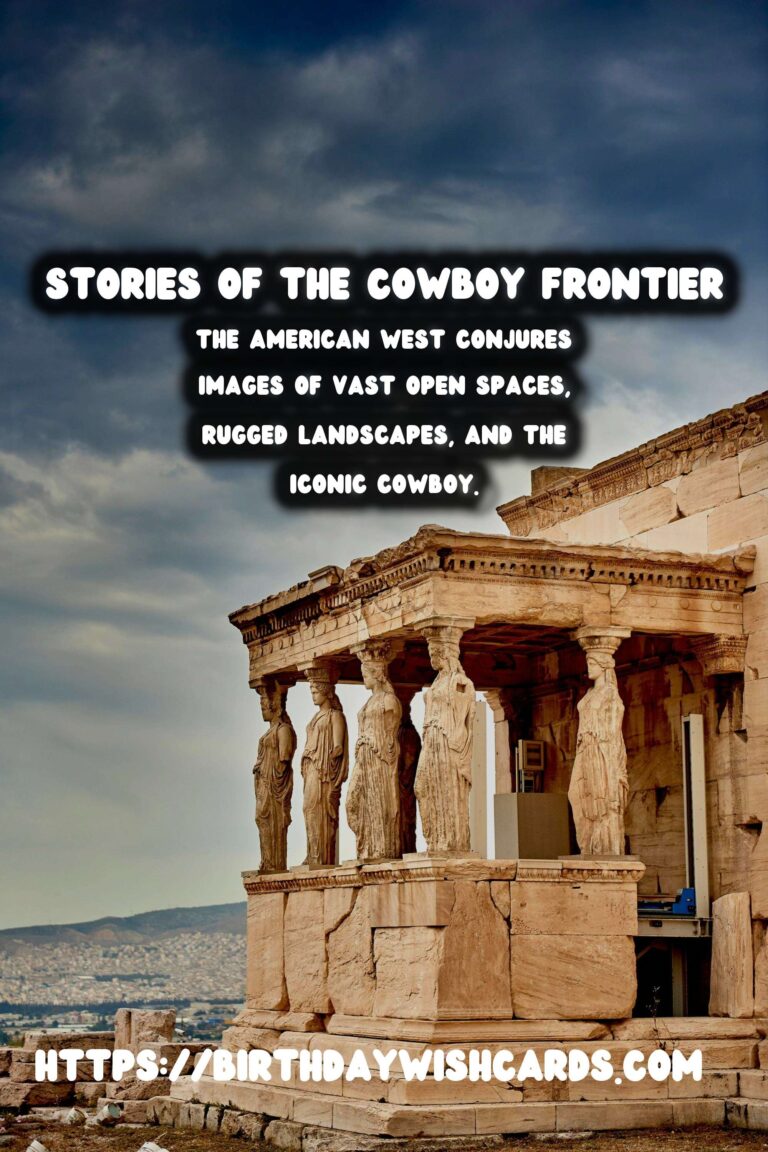
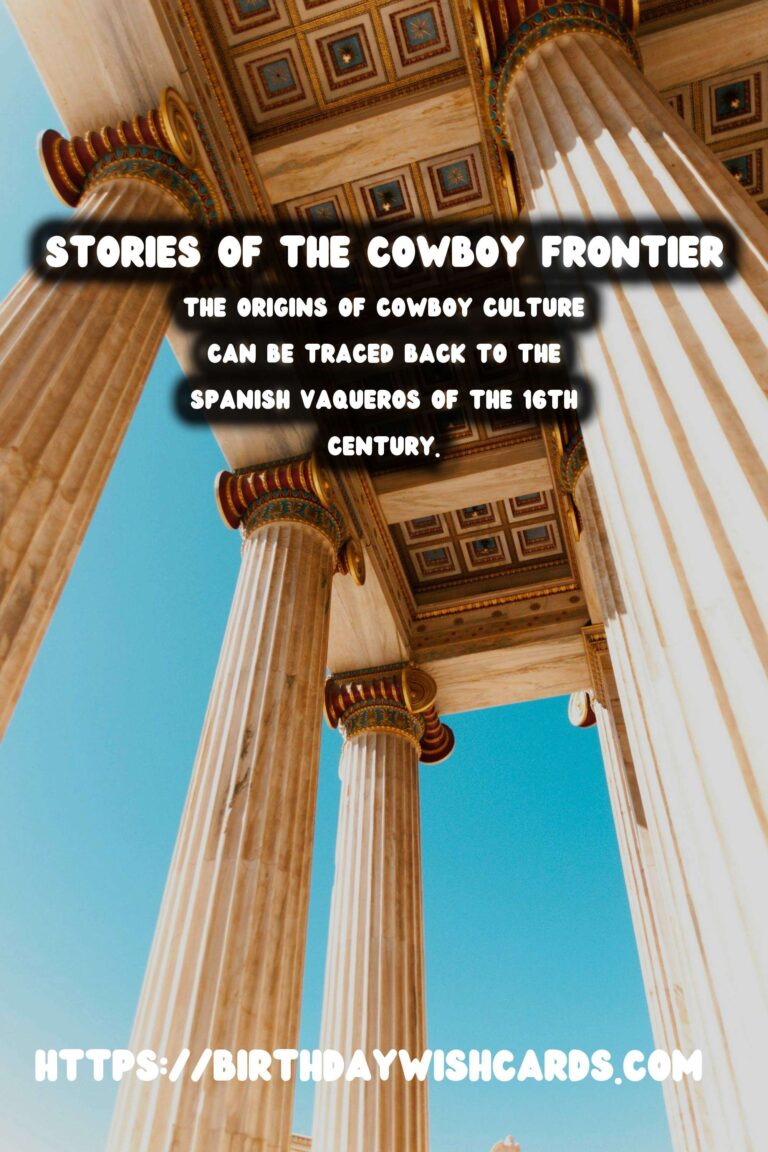
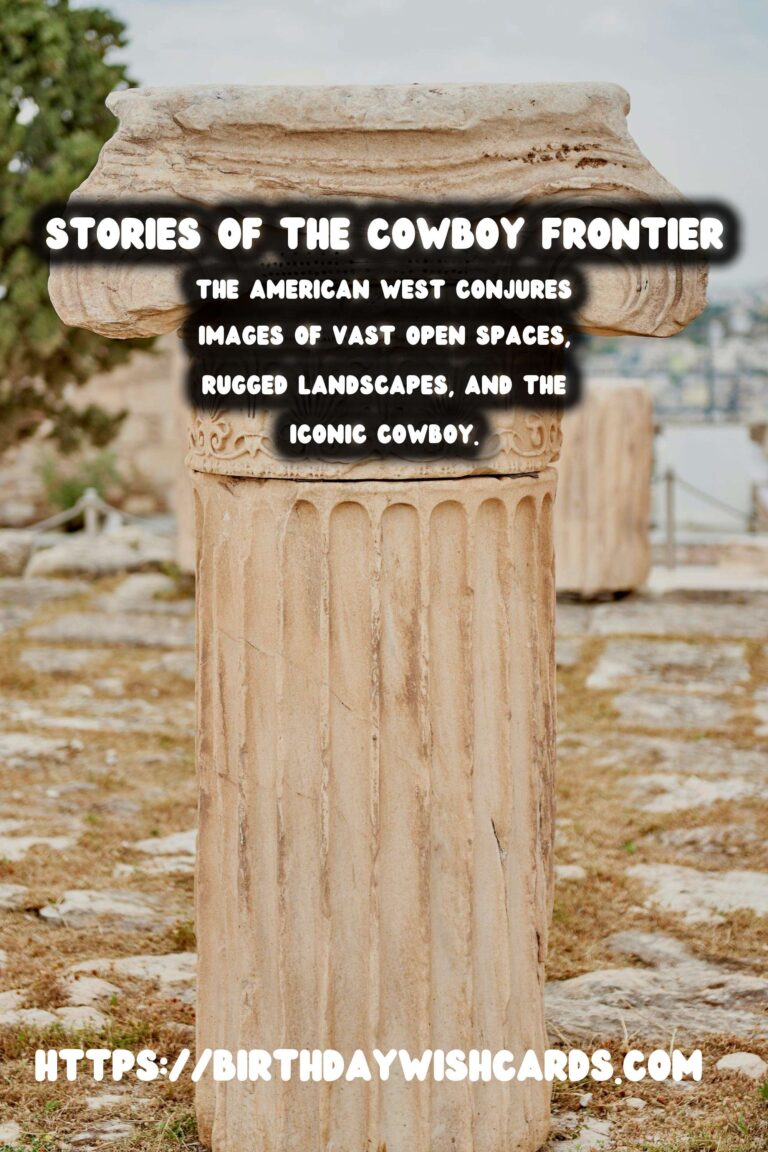
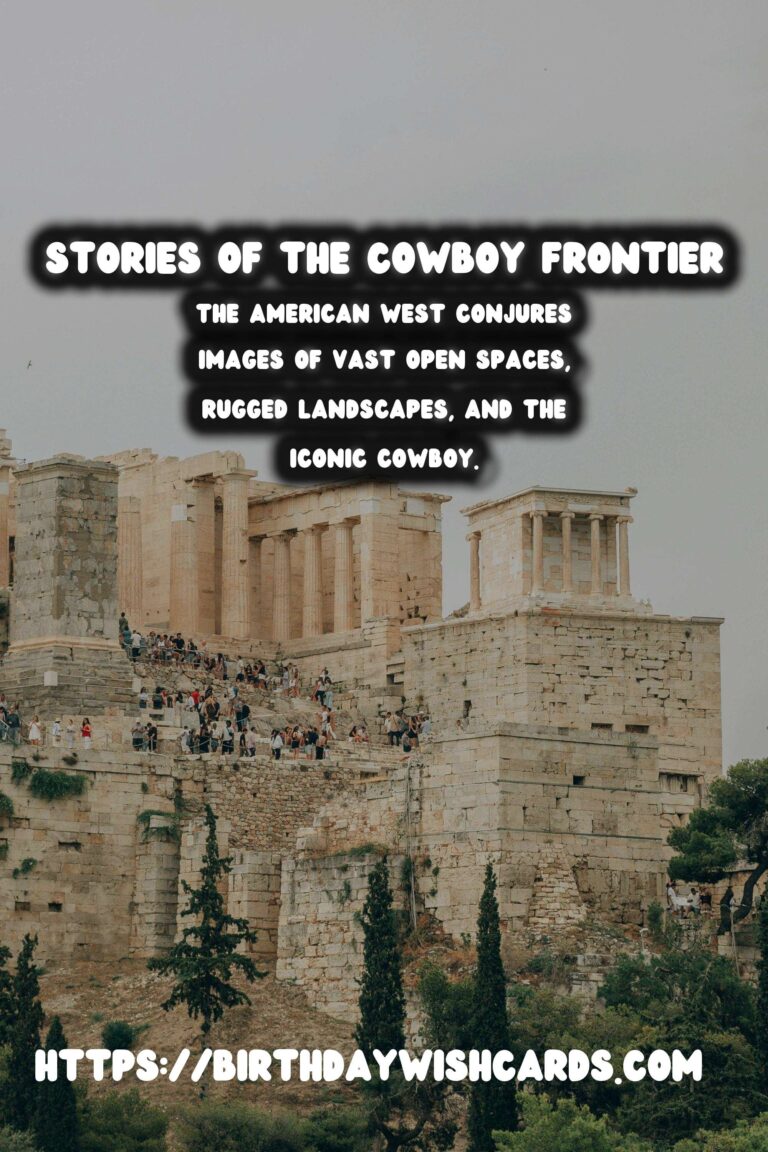
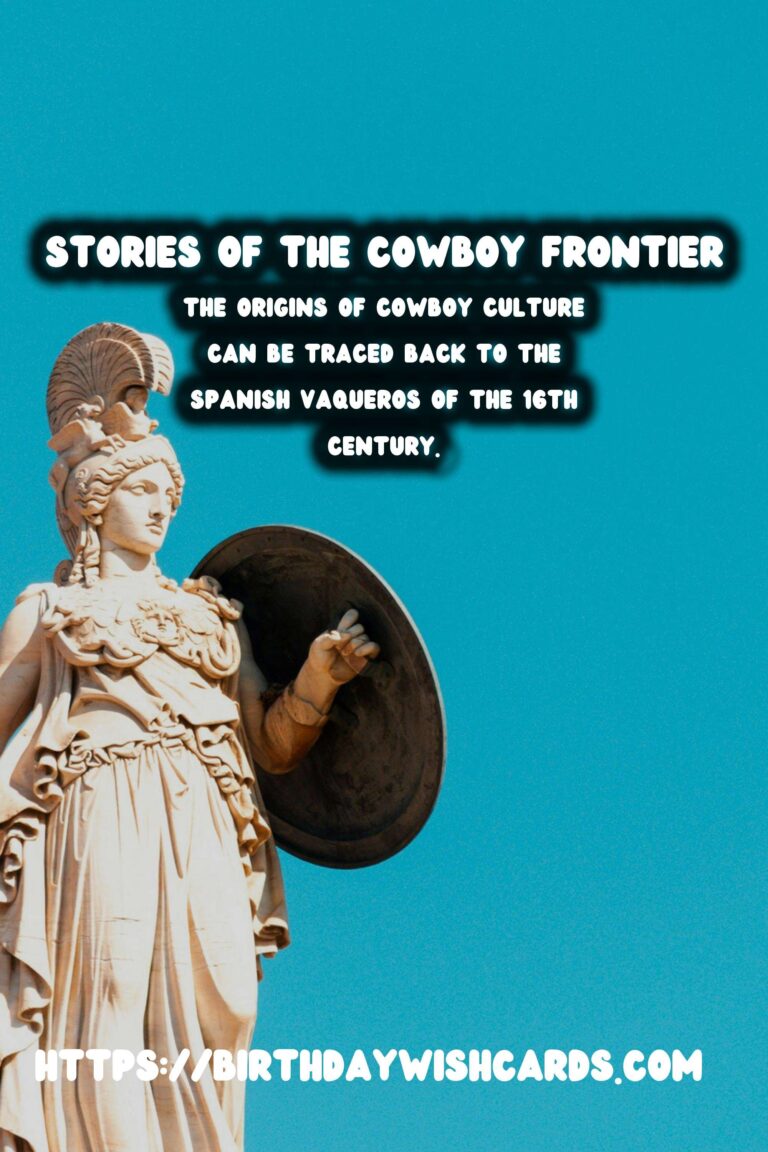
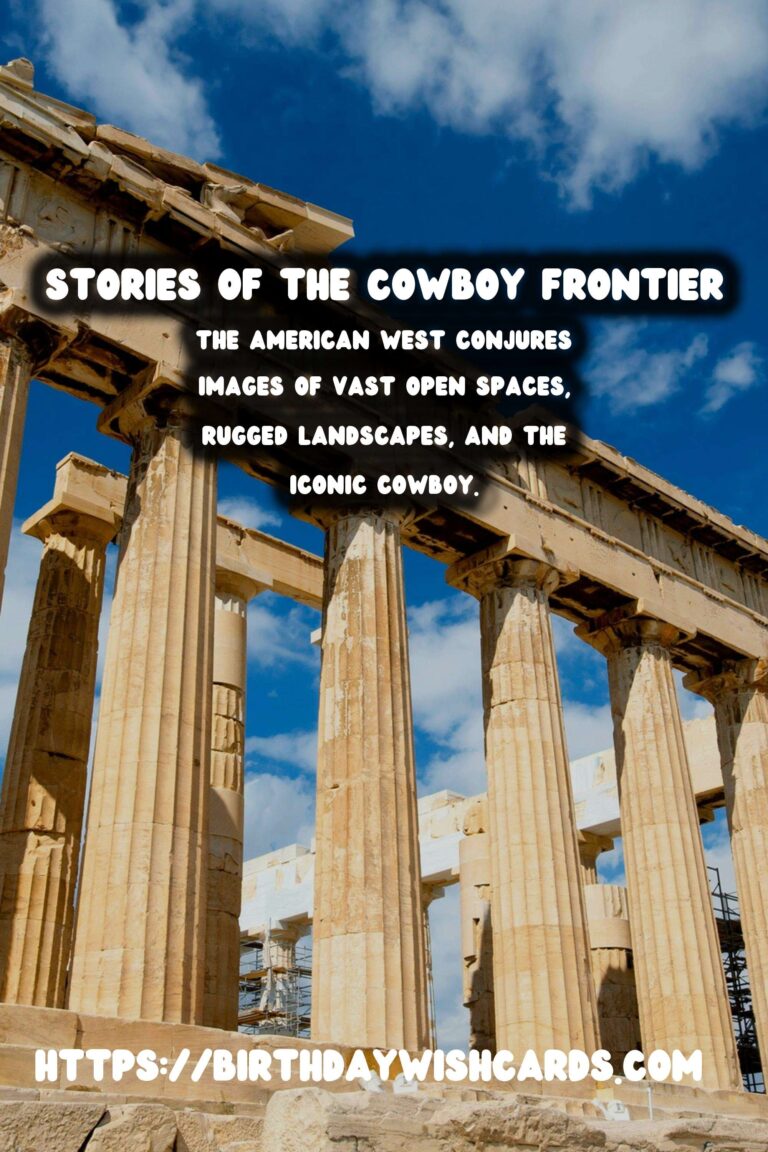
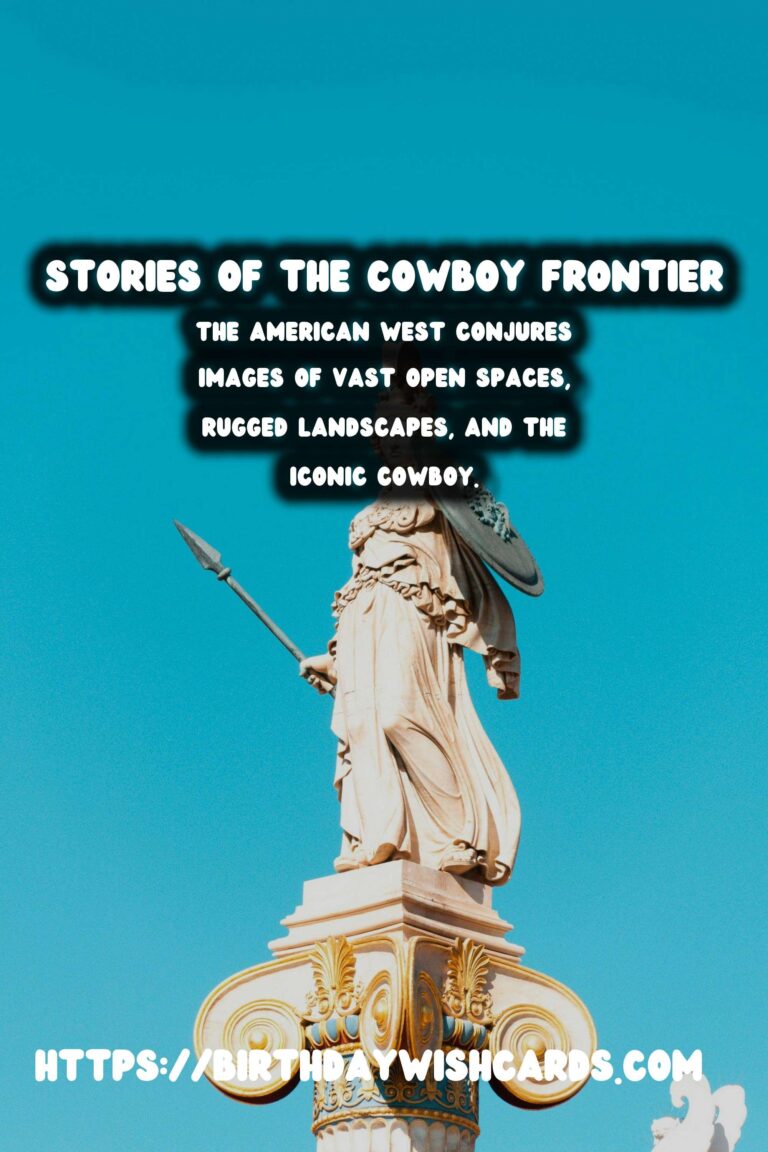
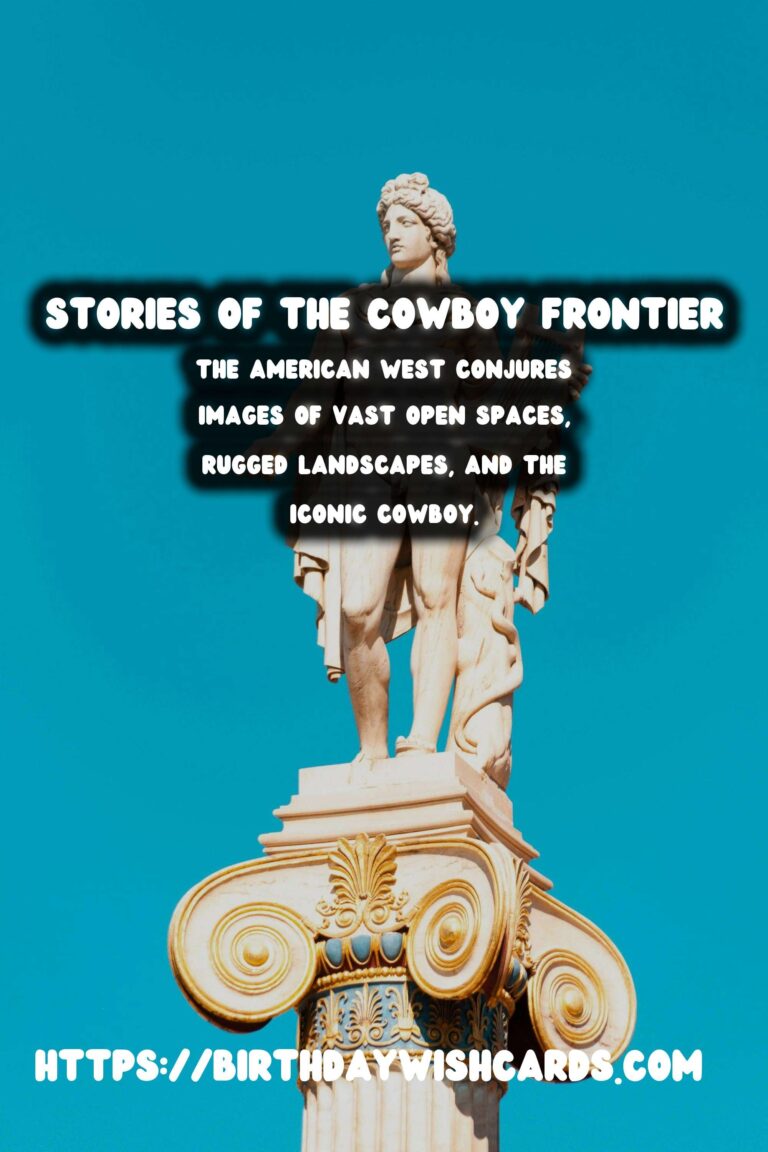

#CowboyCulture #AmericanHistory




